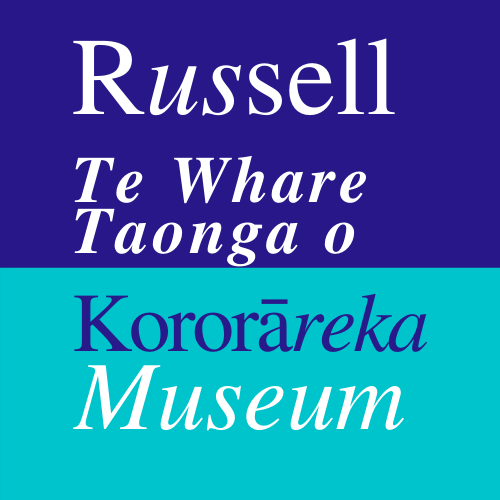The month of June reminds me of Captain James Cook. Why? This same month in 1769, he observed the transit of Venus across the sun, in King George’s Land -Tahiti. Later the same year he reached Aotearoa -New Zealand. Britain at that time was a great world leader in astronomy. It would have cast dishonour upon them should the observations of this most important phenomenon be neglected. After all, this event was not due to occur again until 1874, more than 100 years later. It was decided that the transit be observed in three places, one of them being the Pacific Ocean. The Royal Society, after petitioning King George III, obtained funding to finance this adventure to the South Seas, a voyage expected to last perhaps two years, but which took almost three. A ship was purchased, The Earl of Pembroke, and renamed Endeavour – a bark of 368 tons, 97 feet length overall, 29 feet 3 inches beam. Cook was appointed commander and with a crew of 94, including young Joseph Banks as botanist along with his 7 servants and 2 greyhounds, Endeavour set sail on 26th August 1768, from Plymouth. Cook’s sailing instructions were to observe the transit of Venus then proceed to the southward in order to make discovery of the Great Southern Continent, “until you arrive in the latitude of 40 degrees”. Cook travelled via Spain, Portugal then around the bottom of South America to reach Tahiti in April 1769. He anchored in Matavai Bay, established Port Venus and observed the transit on 3rd June, then headed south. At about 2 o’clock in the afternoon of the 7th October Nicholas Young sighted Te Upoko o Te Kuri a Paoa, later known as Young Nick’s Head. His reward was a gallon of rum.
We are fortunate to have Ralph Sewell’s 1/5th scale model of Endeavour in the Russell Museum.
Photofile 18100. Endeavour model sailing with Ralph Sewell at the helm.
Source: Captain James Cook, a biography, by Richard Hough (1994)





























